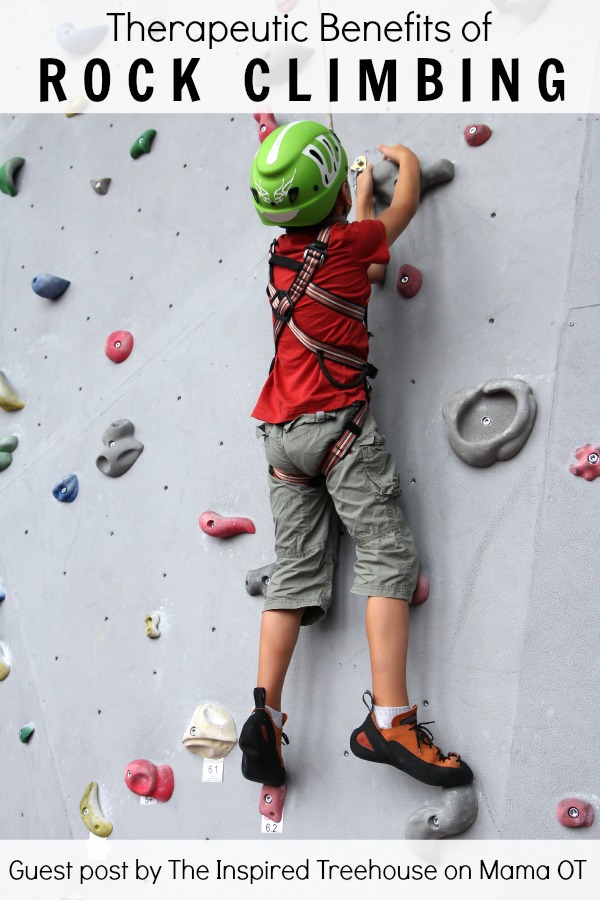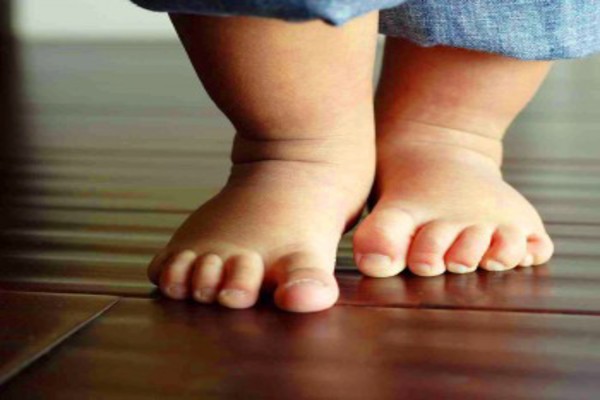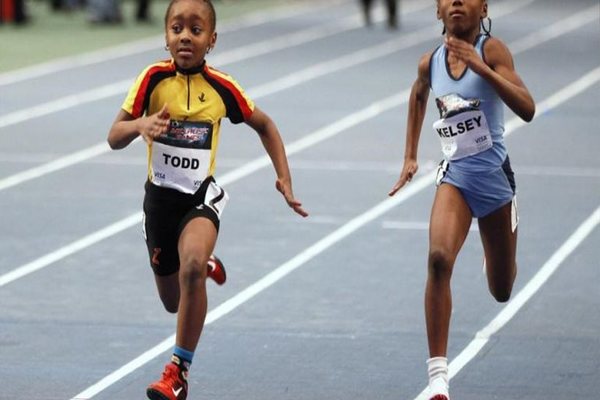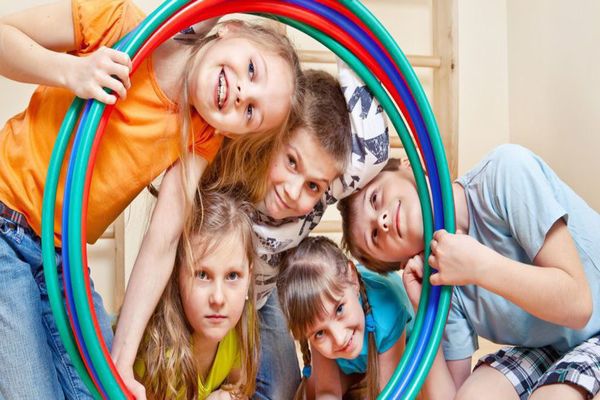Therapeutic Benefits of Rock Climbing

Therapeutic Benefits of Rock Climbing
Today I am excited to have occupational therapist Claire Heffron discuss the therapeutic benefits of rock climbing as we continue in our series on the therapeutic benefits of recreational activities!
I was first introduced to rock climbing in graduate school, when a few of my adventurous friends from occupational therapy school invited me to the rock gym to try it out. I was a little nervous at first, but all it took was getting a little practice under my belt (or…my harness) and I was hooked.
When you first start rock climbing, an instructor teaches you how to belay another climber. This is a technique that allows you to hold another climber safely in the air if they fall suddenly using their harness, your harness, a rope, and a belay device (a strong metal clip that helps you keep control of the rope). As a belayer, you also learn how to bring a climber back down the wall slowly and safely using the rope.
Once you learn how to belay, it’s time to learn the hard part…and no, it’s not the climbing, it’s the falling! It takes a few times to get comfortable with the fact that when you fall off the wall, your belay partner is going to catch you! You also learn how to use the colorful “holds” (handles mounted on the wall) to make your way up the wall.
Life got busy as I finished up school and I didn’t get around to climbing much anymore. That is, until I walked into the therapy gym at my first OT job and there it was…a rock wall for kids!
I was SO excited to bring rock climbing into my pediatric therapy practice because I knew how many developmental skills it could target at once — and I knew the kids would LOVE it!
Rock climbing has so many benefits for kids of all ages and abilities:
• Strengthening and Endurance: Kids develop hand and finger strength as they grasp and hang onto holds of all different shapes and sizes. Some of the holds are tiny and don’t have much to grasp onto, making for a great challenge! Making your way up a climbing wall requires a great deal of core strength and leg strength too.
• Coordination and Motor Planning: Climbing is an awesome way to help kids develop coordination and motor planning skills because there is a built-in visual element to help guide them. The holds are all different shapes and colors and most climbing walls also have colored tape markings that show climbers different “routes” they can take up the wall. This makes it easy to give a child instructions (e.g. “step your right foot on the blue hold” or “find the next hold with green tape next to it”) to challenge their motor planning abilities. Also, climbing walls usually have “routes” with a variety of difficulty levels, making it easy to grade (adjust) the activity depending on the skill level of the child.
• Bilateral Coordination: When kids are rock climbing, they have to use both sides of their body together, usually in an alternating pattern — right hand and right foot move up to the next level, followed by the left hand and left foot. Also, kids have to learn how to differentiate between the movements on either side of their bodies. They stabilize themselves with one foot/hand while motor planning how to grasp onto and step on the next holds with their other foot and hand.
• Cognitive Skills/Problem Solving/Visual Skills: Lots of problem solving and visual motor/visual perceptual work goes on as kids search for their next climbing hold and plan their next move, especially if they are following a specific route up the wall.
• Sensory Processing: When it comes to the development and integration of the sensory systems, rock climbing is pretty much an occupational therapist’s dream come true. Kids get great proprioceptive input (sensory input to the muscles and joints) as they hoist themselves from climbing hold to climbing hold. And then, there’s that awesome vestibular (movement-based) experience of gliding back down to the floor from the top of the wall! For kids who experience gravitational insecurity, rock climbing can be an extreme challenge, but can be graded to meet their needs. Kids who are reluctant to climb high up on the wall can work on moving from side to side first.
• Confidence: One study found that a six-week indoor rock climbing program had a significant effect on self-efficacy for a group of children with special needs. There’s no doubt about it, when you see the smile on a kid’s face who has just conquered a rock wall, it’s a sure sign of success!
For all of the reasons listed above, rock climbing is a great activity for kids who are struggling with strength (hand strength, core strength, and leg strength), Sensory Processing Disorder, ADHD, problem solving/cognitive skills, coordination, and motor planning.
If you’re looking to get started with rock climbing, I would definitely recommend going to a rock gym that offers a belay/climbing class for families. Obviously, younger children won’t be able to belay yet, but it’s great for them to learn how the whole process works. An indoor rock climbing gym is a good place to start before venturing outside. Kids may enjoy climbing on a bouldering wall (a shorter wall where the movement is mostly side-to-side and they don’t need ropes and harnesses) to start.
Once you get some experience, you may be interested in trying some outdoor climbing — just be sure to make it a trip with an experienced guide or instructor.
WE READ THIS ARTICLE HERE
Πρόσφατα Άρθρα

Εγκεφαλική παράλυση
Η εγκεφαλική παράλυση (cerebral palsy, CP) είναι η κύρια αιτία της παιδικής αναπηρίας.
Η εγκεφαλική παράλυση δεν είναι νόσος αλλά ένα σύνθετο σύμπτωμα.
Αποτελεί έναν όρο ‘ομπρ...

Η μυική δύναμη κατά την εφηβεία «όπλο» κατά της καρδιοπάθειας και του διαβήτη
Η μυική δύναμη κατά την εφηβεία «όπλο» κατά της καρδιοπάθειας και του διαβήτη
Η μυική δύναμη ενός εφήβου αποτελεί παράγοντα προστασίας κατά της καρδιοπάθειας και του διαβήτη αργότερα στη...

Σωματική άσκηση σε παιδιά με ειδικές ανάγκες
Ο ρόλος της σωματικής άσκησης στη ζωή του παιδιού είναι ιδιαίτερα σημαντικός και αναγκαίος. Εφοδιάζει το παιδί με ικανότητες σωματικές και κινητικές που του είναι απαραίτητες για την καθημερινή λει...
